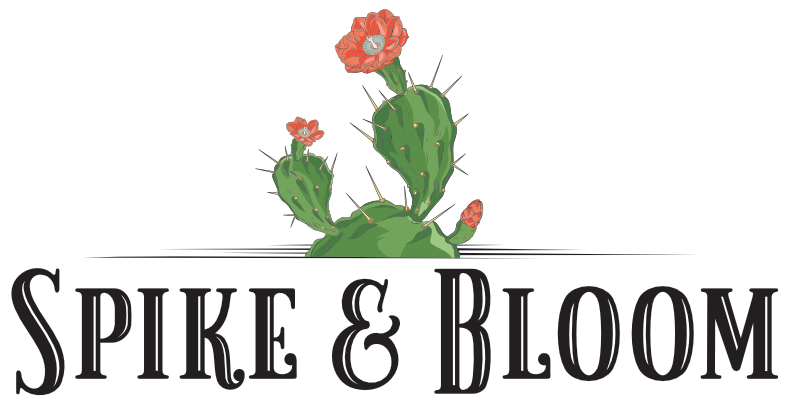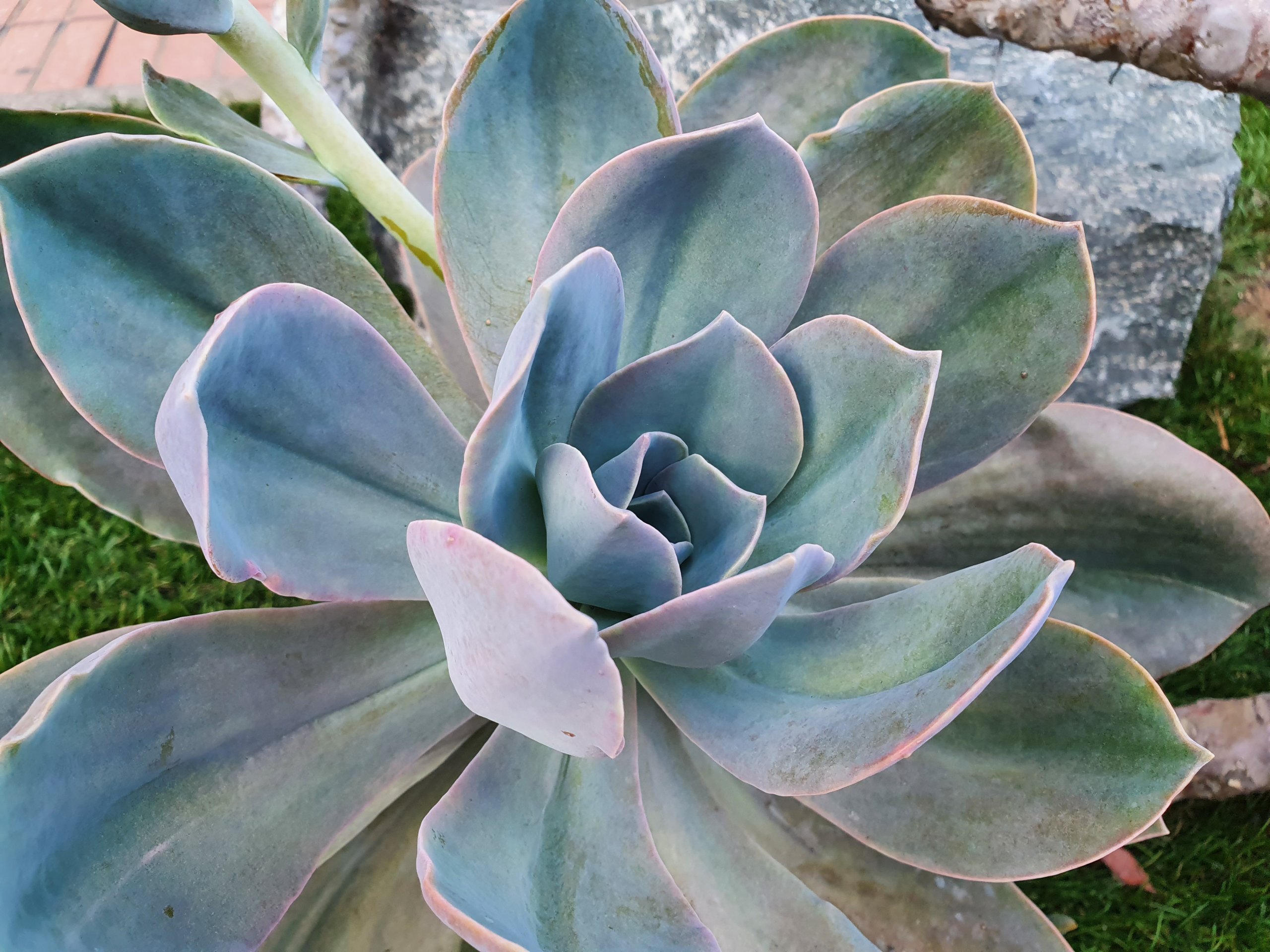Blue Succulents
Blue succulents stand out in any garden or home with their cool tones and unique beauty. While many plants come in shades of green, blue succulents offer something different with soft blue-green leaves, silvery blues, or even bold, deep blue shades. These plants create peaceful and calm vibes, making them a favorite for collectors and gardeners alike.
You can find blue succulents in many shapes and sizes, making it easy to add variety and color to your plant collection. Some, like Echeveria and Sedum, grow in rosettes, while others, such as Aloe or Agave, feature spiky leaves and interesting textures. Blue succulents often need the same care as other succulents: bright light, well-draining soil, and only occasional watering.
With so many different kinds of blue succulents available, you have a lot of choices for both indoor and outdoor spaces. Whether you want a small plant for your desk or a group of bold rosettes for your garden, blue succulents can bring a fresh look to your space.
What Are Blue Succulents?
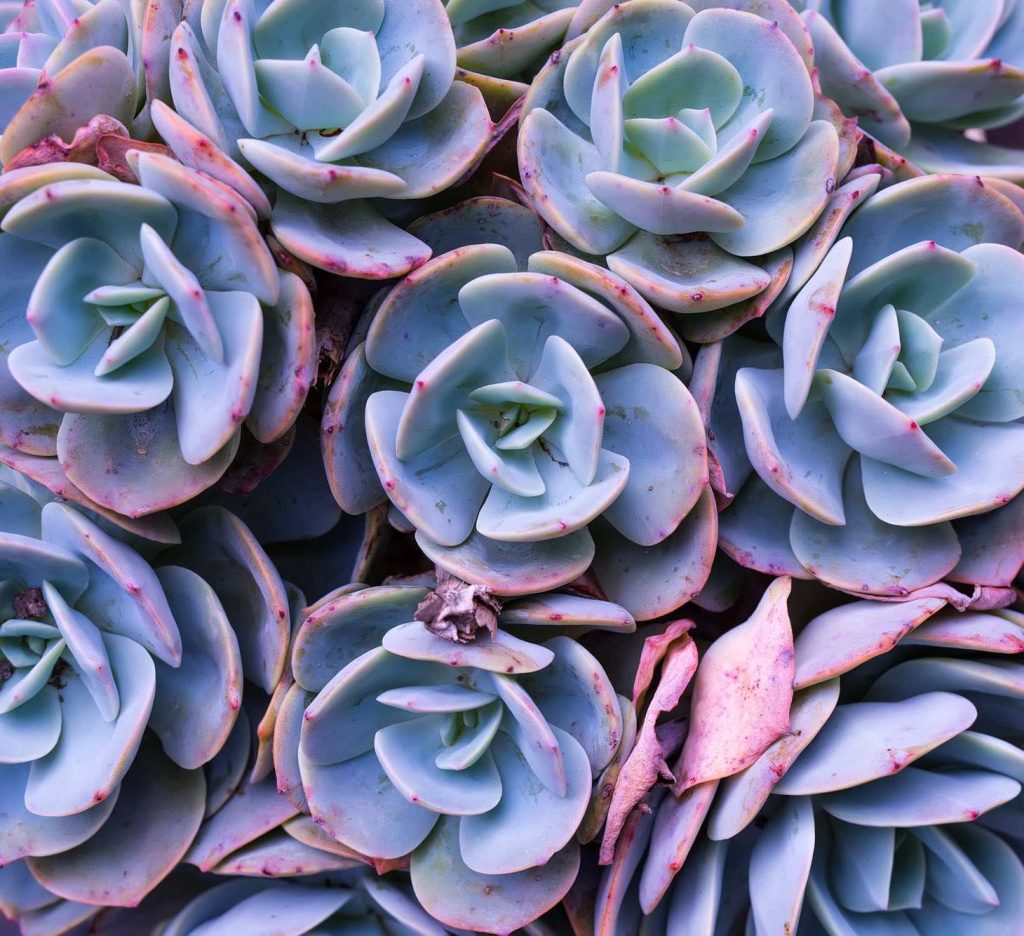
Blue succulents are a unique group of succulent plants known for their cool blue tones. These plants are popular for their striking color, special leaf coatings, and origins from dry, sunny regions around the world.
Defining Blue Succulents
A blue succulent is any succulent plant with leaves that appear blue or bluish-gray. This group includes species like Echeveria ‘Blue Alice’, Sedum ‘Blue Prince’, and agave varieties.
Many blue succulents form compact rosettes or clusters. Their cool tones add contrast to gardens and containers compared to brighter green or red plants. While blue succulents look rare, several types are easy to find and grow at home.
Common blue succulent traits:
- Rosette or cluster leaf shapes
- Waxy or dusty leaf surfaces
- Preferences for sunny, dry locations
You’ll often see these plants sold as houseplants or in drought-tolerant landscapes.
Origins and Natural Habitats
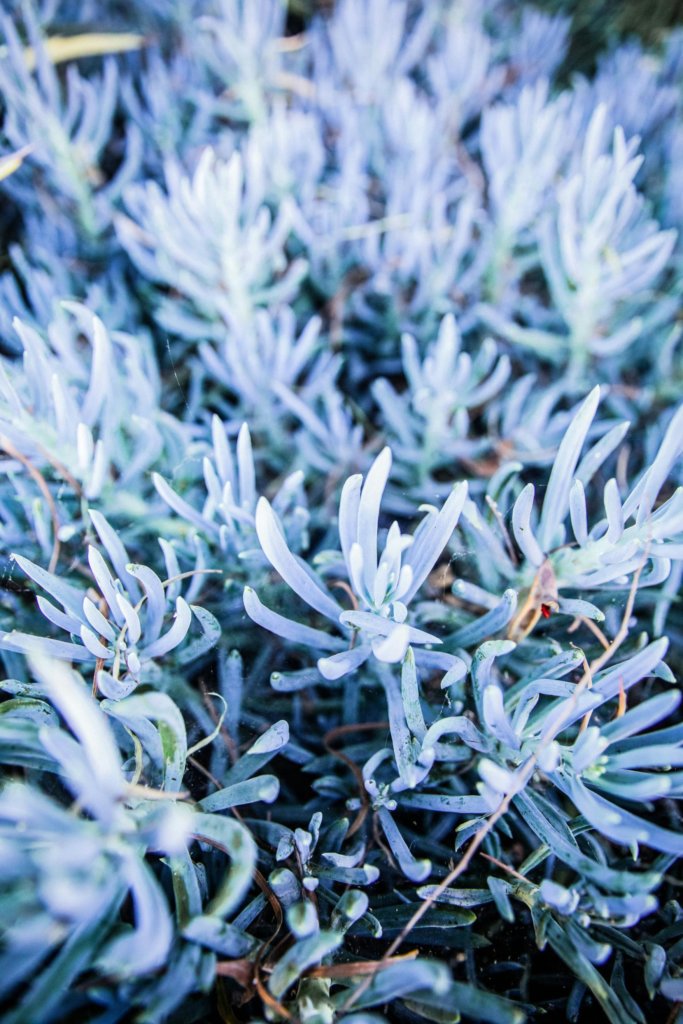
Blue succulents come from dry and sunny habitats worldwide, especially regions like Mexico, South Africa, and the southwestern United States.
In these environments, blue succulents have adapted to harsh sunlight, little water, and poor soils. The farina that gives the blue look is especially helpful here, acting as sunscreen and keeping moisture in.
You’ll find blue succulents growing on rocky slopes, cliffs, and arid plains. Some, like Echeveria and Sedum, often cluster for protection and shade. Others, like certain agave species, stand alone with thick blue-green leaves.
This background makes blue succulents ideal for dry gardens and as easy-care houseplants. Their natural defenses allow them to handle bright windows and small amounts of water.
Popular Types of Blue Succulents
Blue succulents are striking for their unique colors and forms. Many popular varieties come from the genera Echeveria, Agave, Cactus, and other less common succulent groups.
Blue Echeveria Varieties
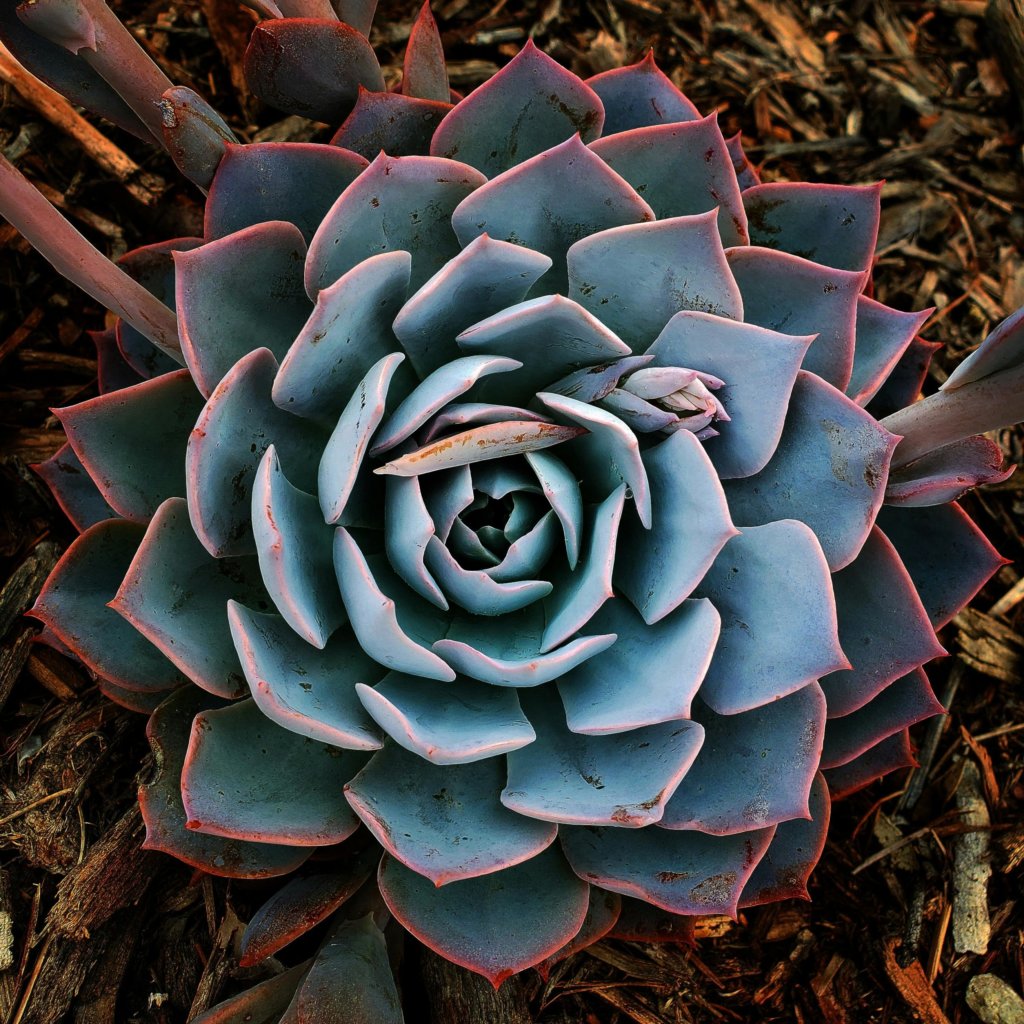

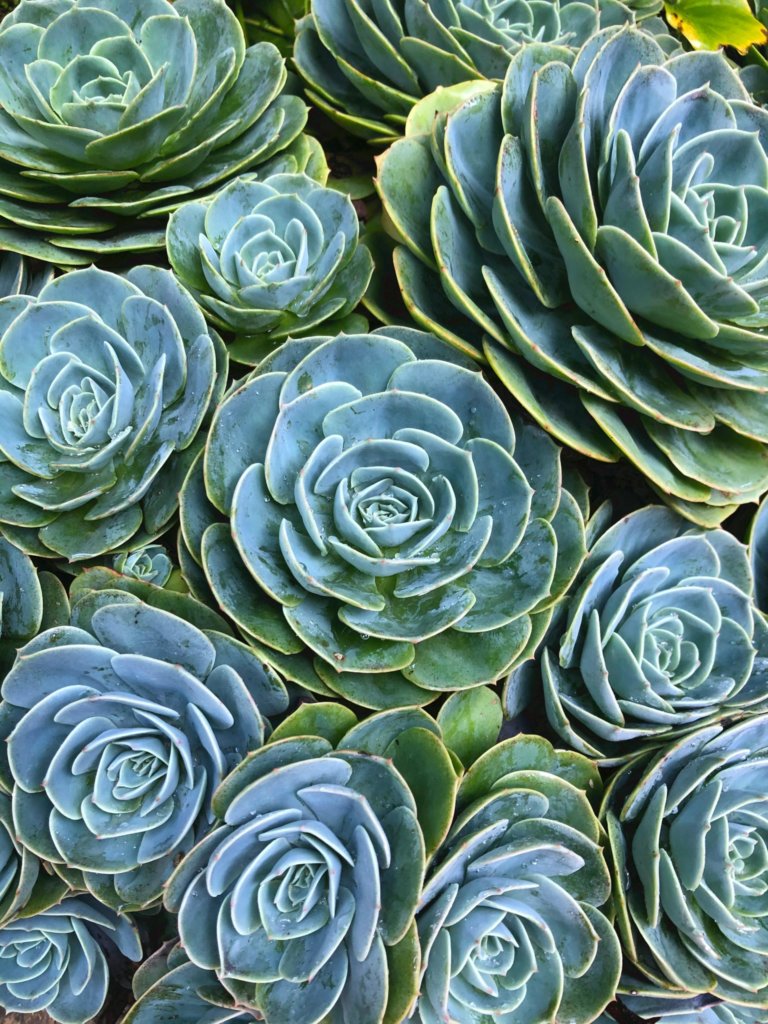
Echeveria are well-known for their rosette shapes and easy care. Several types offer beautiful blue or blue-green tones.
- Echeveria peacockii has blue-gray leaves with a delicate powdery coating, making it especially vibrant in bright light.
- Echeveria imbricata forms large, layered rosettes that shift from blue to green.
- Echeveria glauca is popular for its dense clusters of silvery-blue foliage.
- Echeveria ‘Blue Prince’ offers dark blue leaves with a touch of purple.
- Echeveria shaviana is known as the “Mexican Hen,” with blue-grey, frilled leaves.
- Echeveria subsessilis is another blue favorite with soft, spoon-shaped leaves.
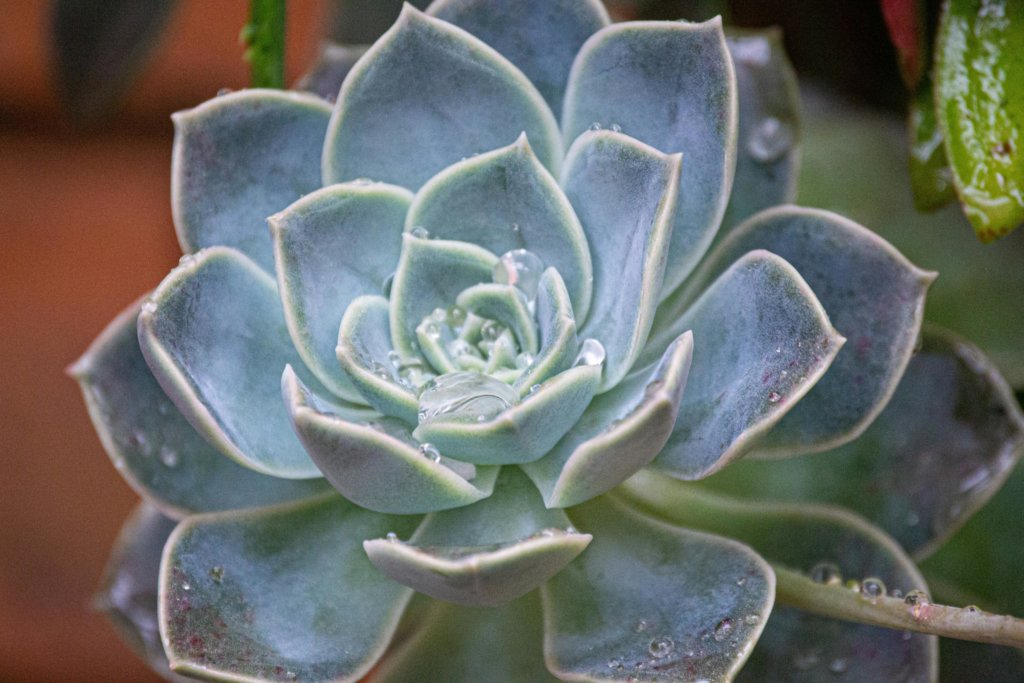
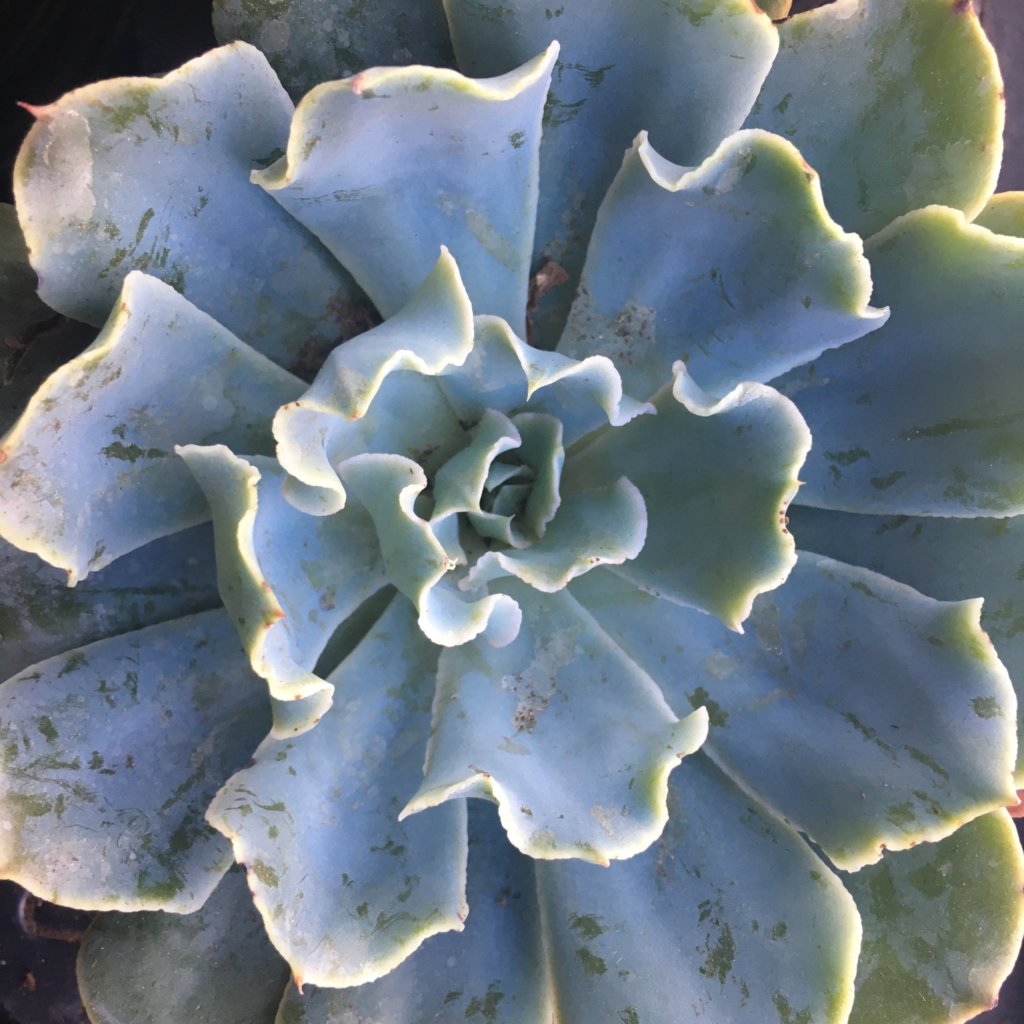
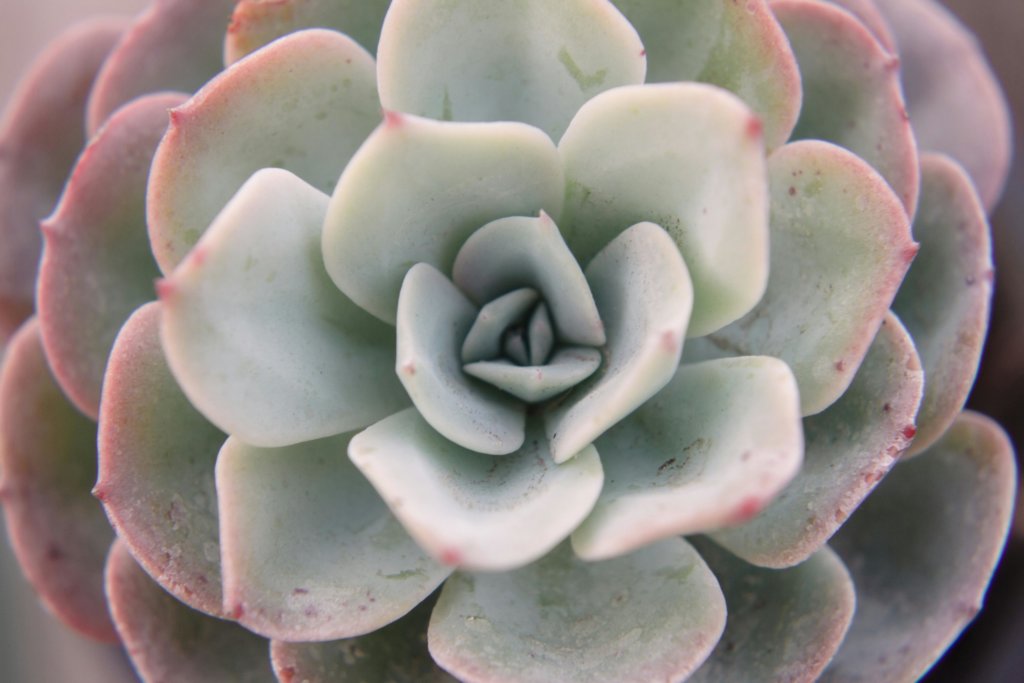
Echeveria prefer well-drained soil and bright, indirect sunlight. They rarely grow taller than 6 inches, making them ideal for windowsills and small pots.
Blue Agave Species
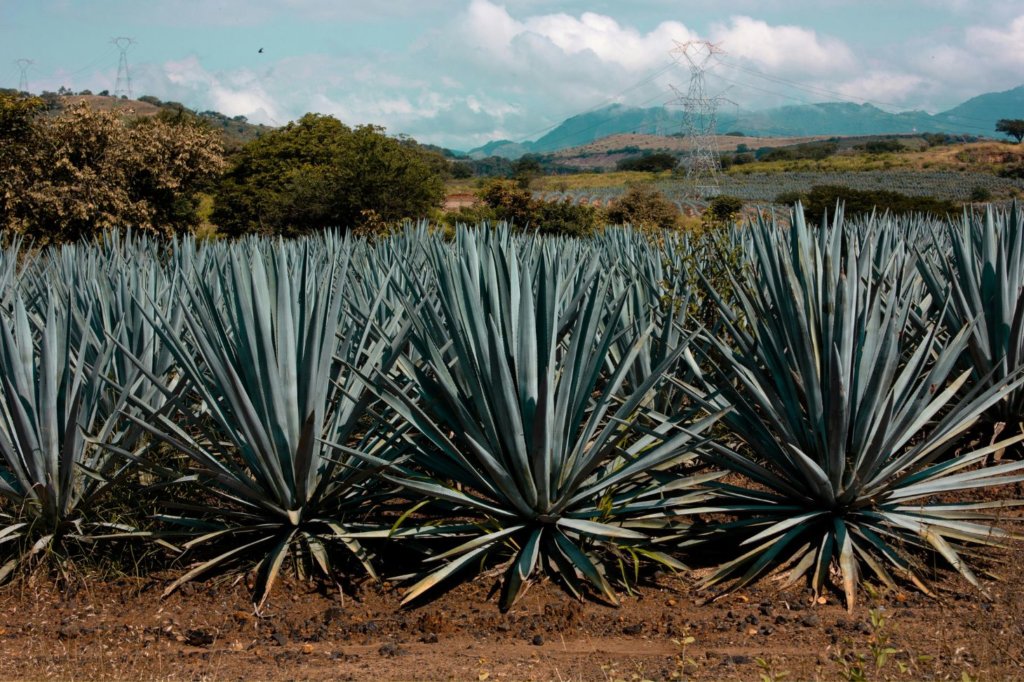
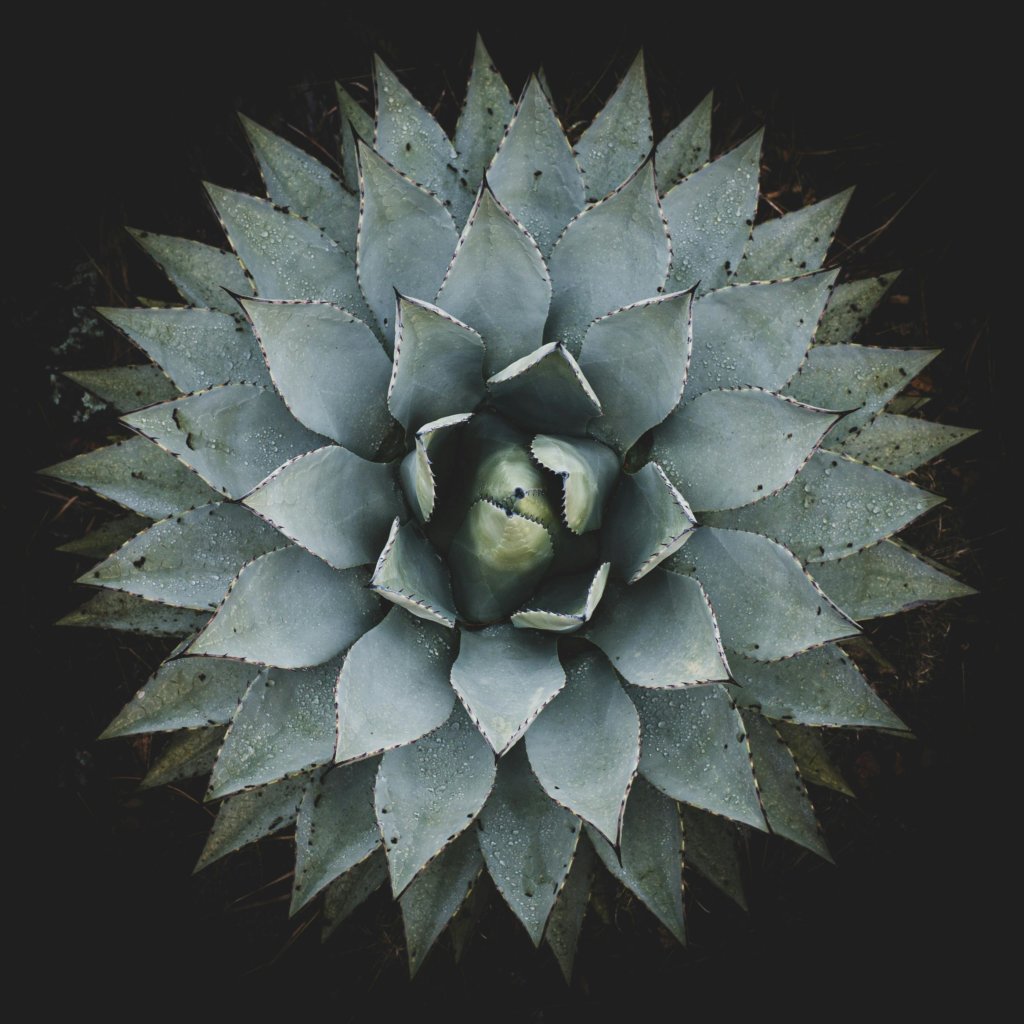
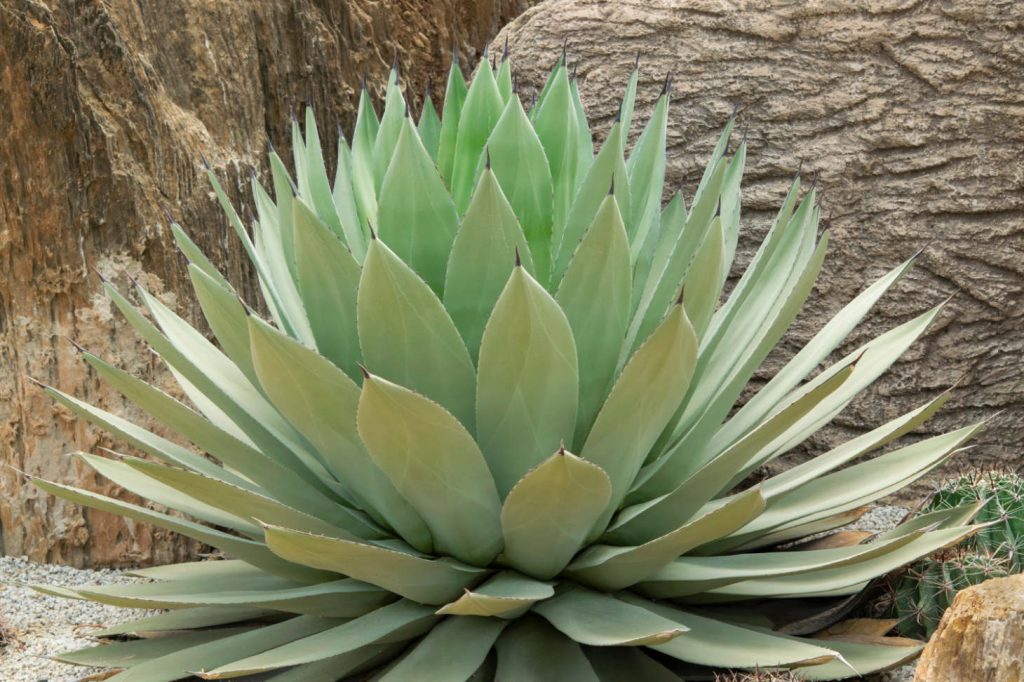
The Agave family includes some of the largest and most dramatic blue succulents.
- Blue agave (Agave tequilana) is famous for its blue-silver leaves and use in tequila production.
- Agave potatorum or “Butterfly Agave” forms compact rosettes of striking blue-green leaves with wide, wavy edges.
- Agave parryi or “Parry’s agave” is valued for its short, chubby blue leaves and resistance to cold.
These agaves can reach several feet across and often develop a single dramatic flower spike at maturity. Agaves are drought-tolerant but need plenty of sun and time to reach their full size. Larger types are often grown outdoors, but dwarf varieties like Butterfly Agave can thrive in containers.
Blue Cacti and Unusual Varieties
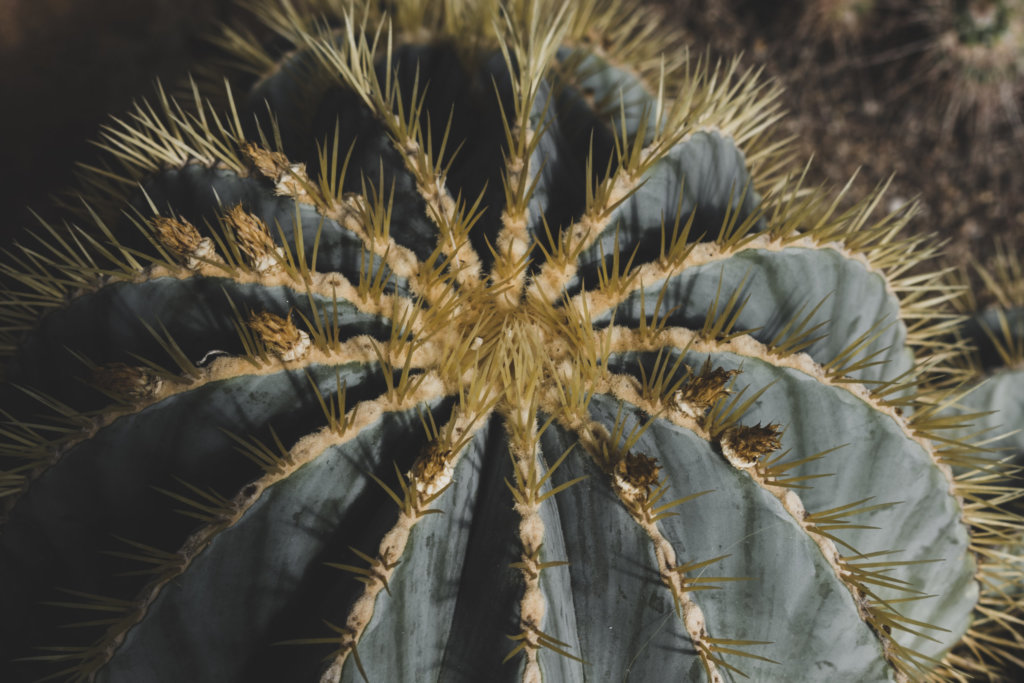
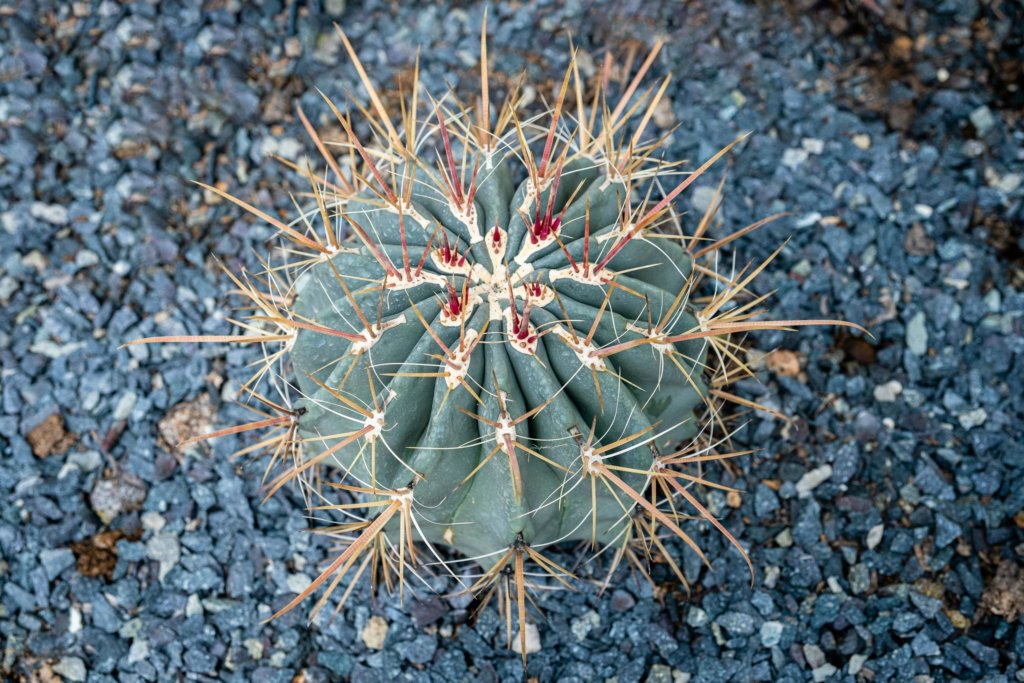
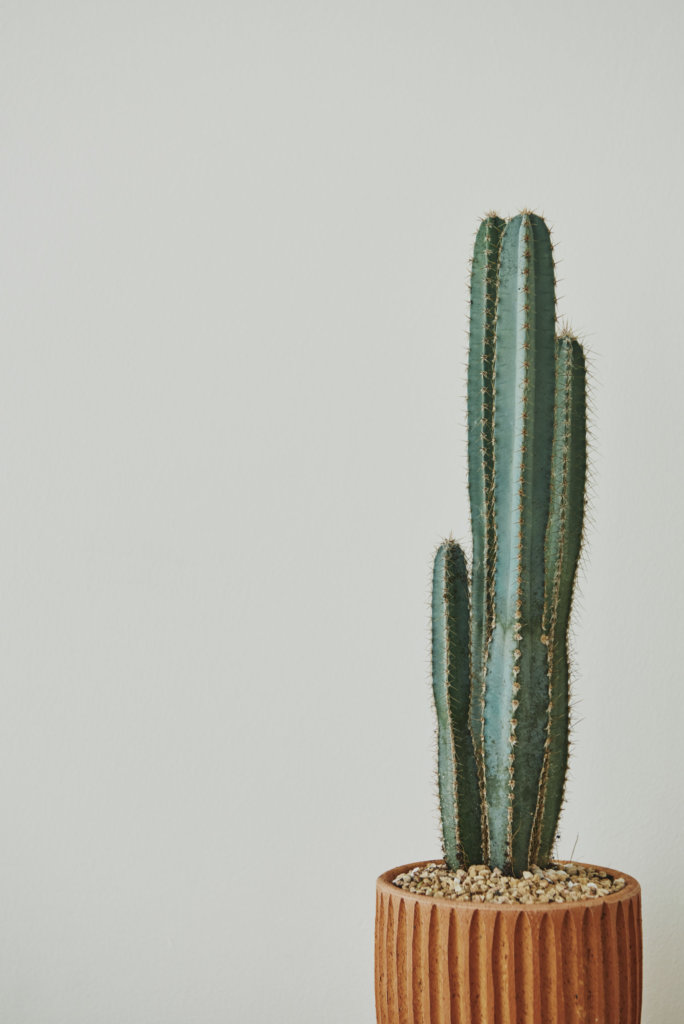
Some cacti and unique succulents show off rare blue tones.
- Ferocactus glaucescens (the “Blue Barrel Cactus”) stands out in gardens with its rounded, blue-green body and yellow spines.
- Melocactus azureus (Turk’s Cap Cactus) has a powder-blue appearance and a distinctive cephalium as it ages.
- Pilosocereus azureus or “Blue Torch Cactus” grows tall columns with a rich turquoise hue.
- Senecio mandraliscae and Senecio serpens (“blue chalksticks”) are prized for their blue finger-like leaves and spill nicely from pots.
- Sedum reflexum (“blue spruce sedum”) and Sedum clavatum both offer dense blue clusters.
- Other unusual blue succulents include Dudleya brittonii, Corpuscularia lehmannii (ice plant), and Graptopetalum pachyphyllum.
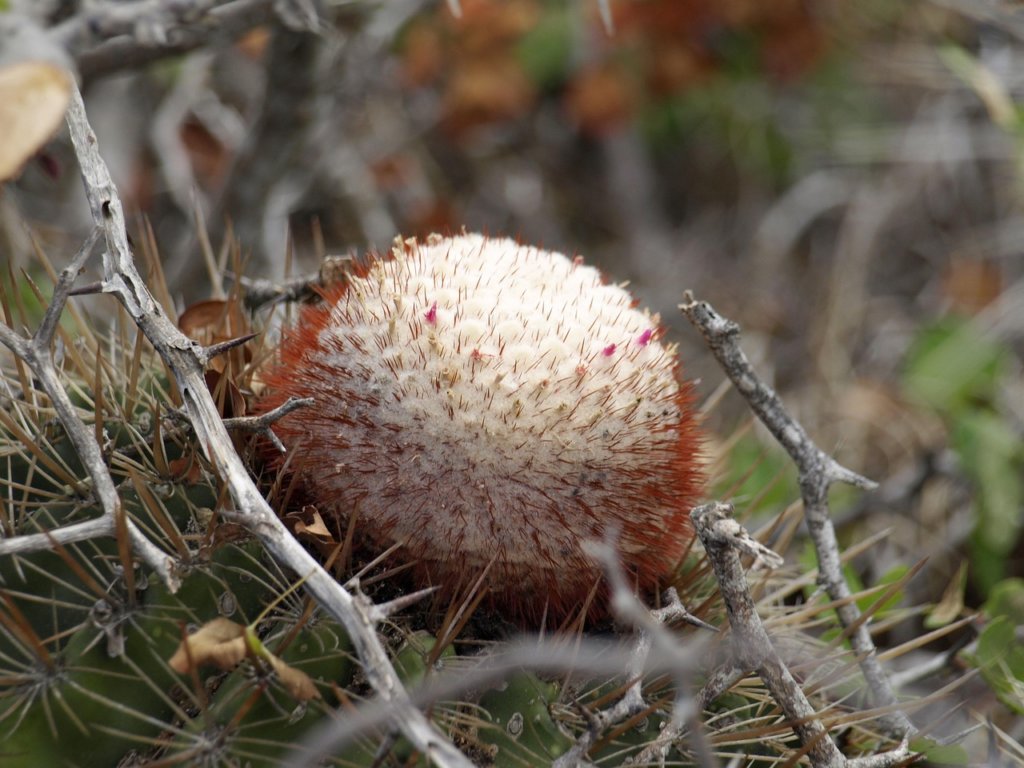
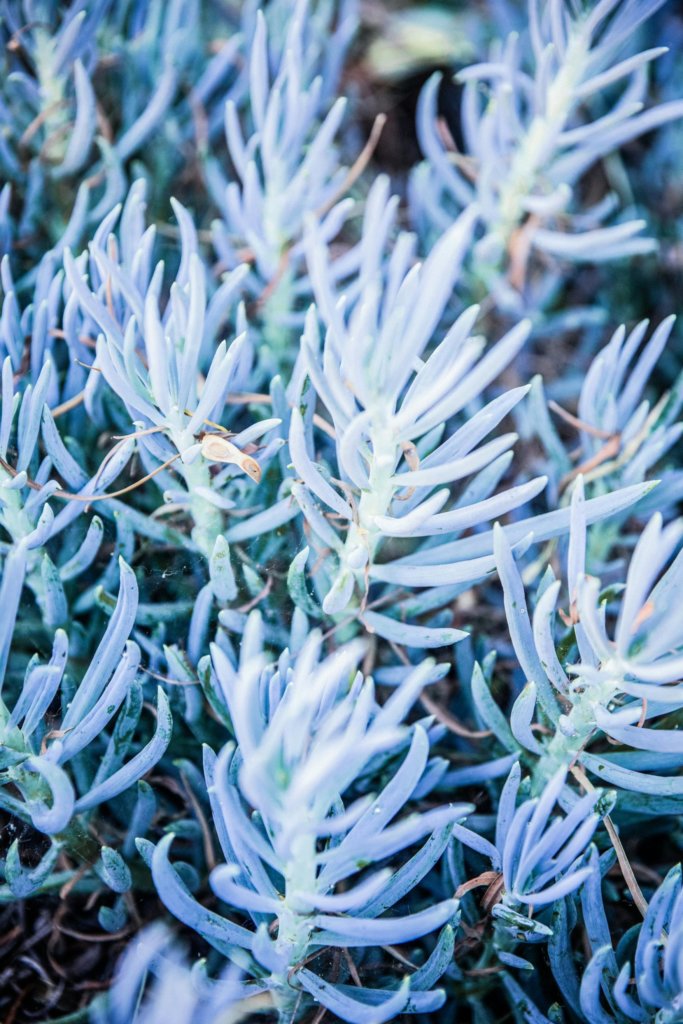
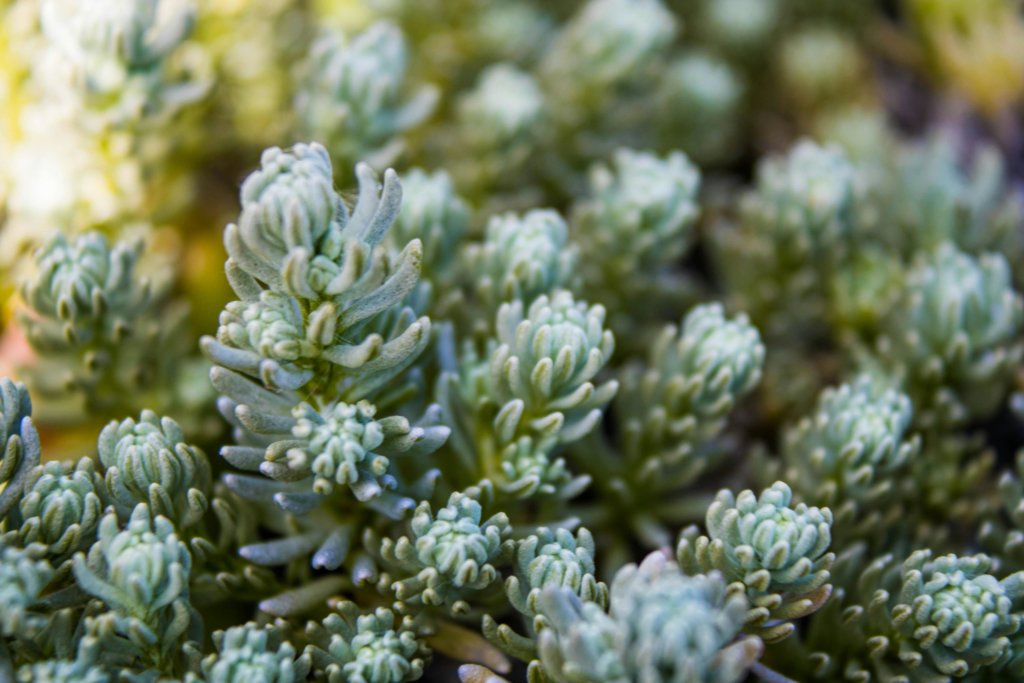
These plants often need full sun to bring out their bluest color, and most are easy to grow if you don’t overwater. Blue succulents from different families can be combined for unique displays.
How Blue Coloring Develops
Blue succulents get their color from special natural factors. Pigments, sunlight, stress, and protective coatings all play a role in creating those blue tones you see. Understanding these details helps you know why your succulent looks the way it does.
Role of Sunlight and Stress
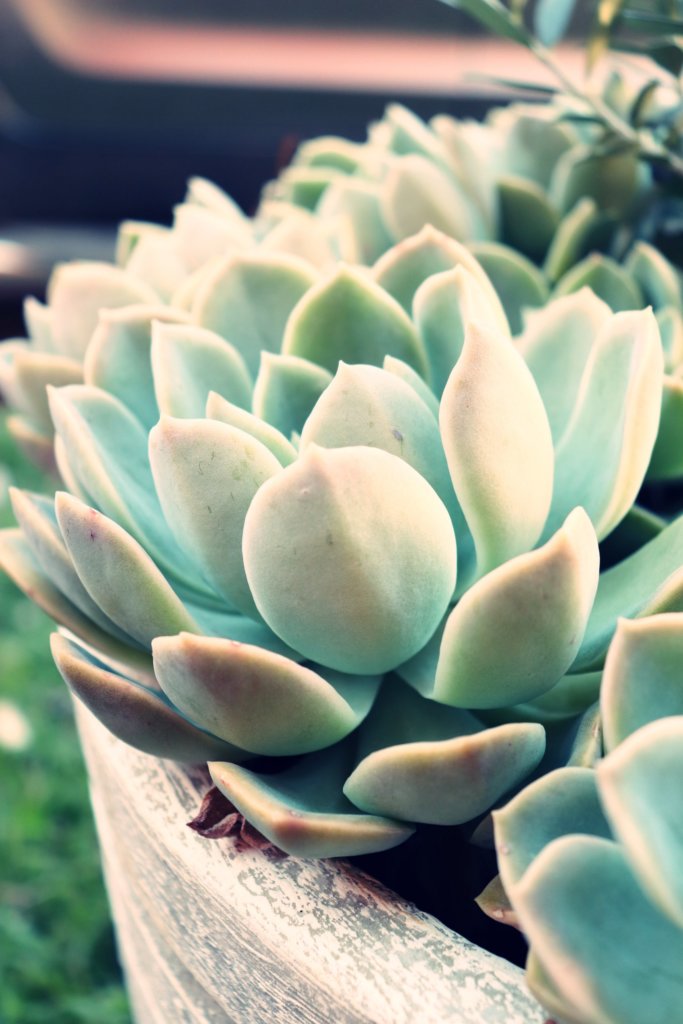
The blue coloring in succulents is often caused by a pigment called anthocyanin. This pigment acts as a natural sunscreen for the plant. When your succulent gets more sunlight, it may produce more anthocyanin as a defense against intense light and UV rays.
Many colorful succulents show their strongest blue, purple, or red shades when they experience mild stress. Changes in temperature, less water, or sudden shifts in light can all make your succulent create more pigment. This is called “stress coloring”.
Table:
| Stress Factor | Effect on Color |
|---|---|
| More Sunlight | Increases blue/purple hue |
| Cool Temperatures | Richer, darker blues |
| Less Water | Brighter colors |
If you want to keep your succulent blue, give it bright light but avoid overwatering. Cooler nights can also support stronger blue shades.
Impact of Farina and Waxy Coating
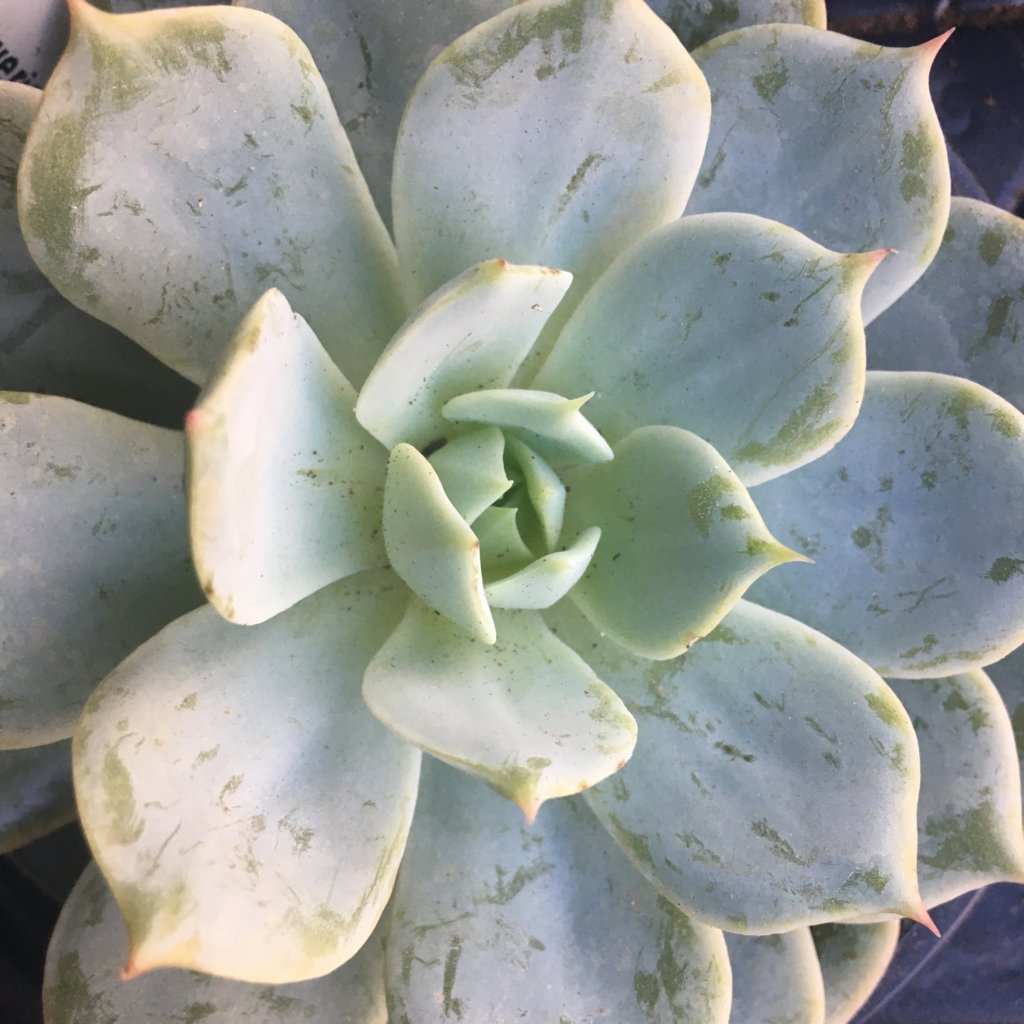
Many blue succulents have a powdery layer on their leaves called farina. This coating is a natural, waxy substance that protects the plant from water loss and too much sun.
Farina can make leaves look more blue or silvery by softening the green underneath. The thicker the farina layer, the stronger the blue effect you’ll see. Some succulent types, like Echeveria or Sedum, are known for having thick farina.
It’s important not to rub or wash off the farina. Once removed, the blue look will fade. Farina also defends the plant from pests and fungal issues, offering more than just color. The next time you see a powdery, blue succulent, remember that farina is key to its appearance and health.
Frequently Asked Questions
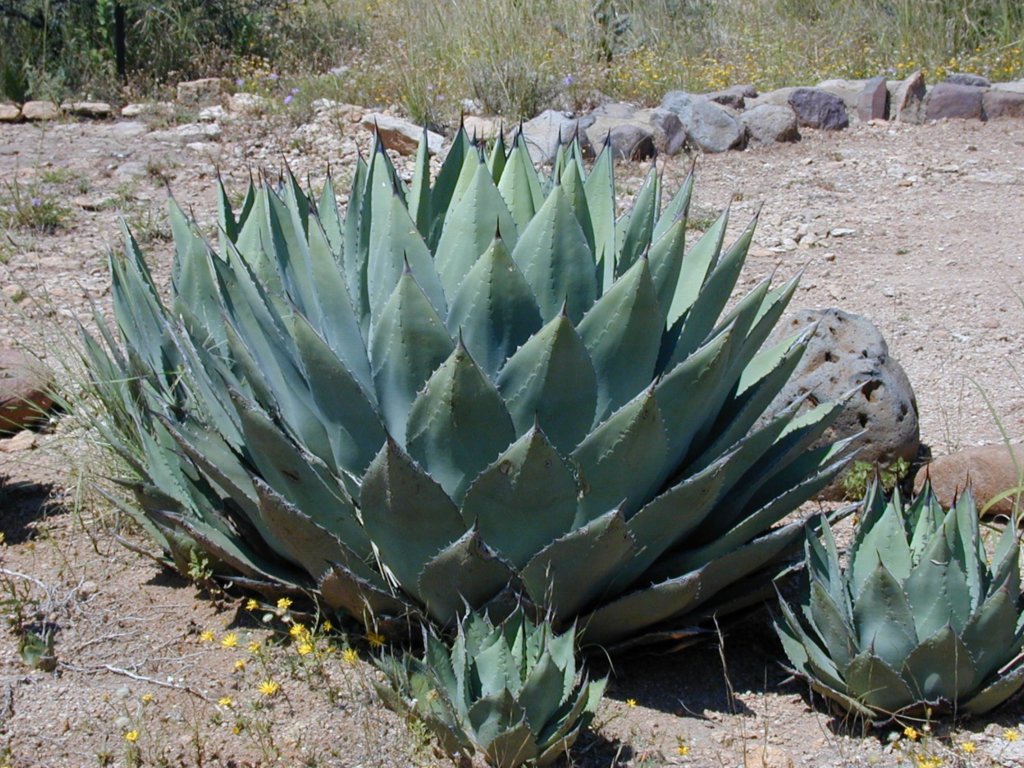
Blue succulents are known for their unique coloring and eye-catching leaves. You may have questions about identifying, growing, and buying these plants, as well as understanding their color changes.
What types of succulents have a natural blue hue?
Some succulents produce a blue color on their own. Examples include Blue Chalksticks (Senecio serpens), Blue Spruce Sedum (Sedum reflexum), and Agave ‘Blue Glow’. Echeveria ‘Blue Atoll’ and Pachyveria glauca are also popular for their blue-green leaves.
How should blue succulents be cared for outdoors?
Most blue succulents need plenty of sunlight but prefer some shade in the hottest part of the day. They grow best in soil that drains quickly, as soggy soil can cause root rot. Water them deeply but let the soil dry between waterings.
Can you provide identification tips for blue succulents?
Look for powdery or waxy coatings, called farina, on the leaves. This coating often gives the plant a blue or silvery look. Many blue succulents have thick, fleshy leaves that may be pointy or rounded, and their color might become stronger in bright light.
Where can I find blue succulents for purchase?
You can buy blue succulents at local garden centers and nurseries. Many online plant shops also offer a wide range, including rare species. Always check the plant’s health and ask for a specific species name if you want a certain type.
Why might succulents develop a blue tint over time?
Some succulents get a bluer color when exposed to more sunlight. The bluish tint often comes from a protective wax layer that helps the plant keep moisture. Changes in temperature, light, and stress can also cause deeper blue shades.
Which blue succulent species are considered the rarest?
Some rare blue succulents include Agave ‘Blue Glow’ and certain blue varieties of Graptopetalum and Dudleya. Uncommon hybrids and imported species can also be rare, making them harder to find in regular plant shops.
